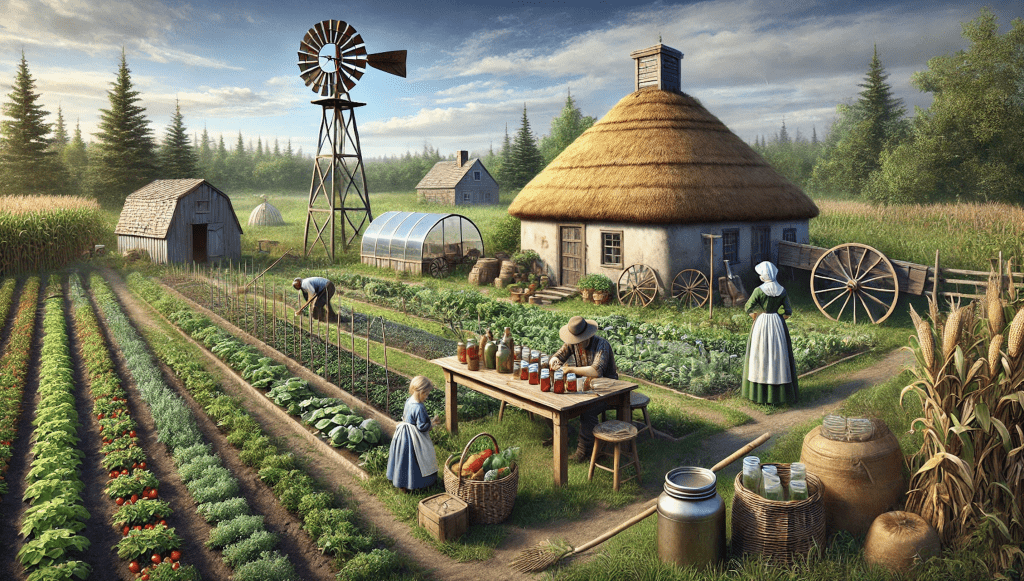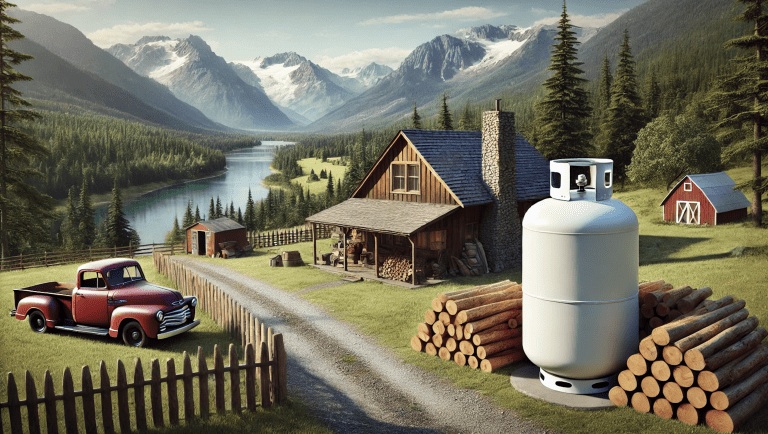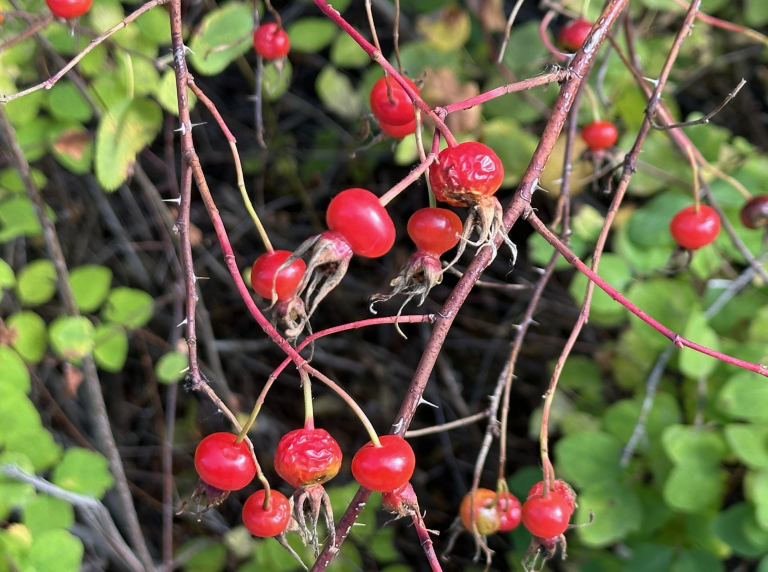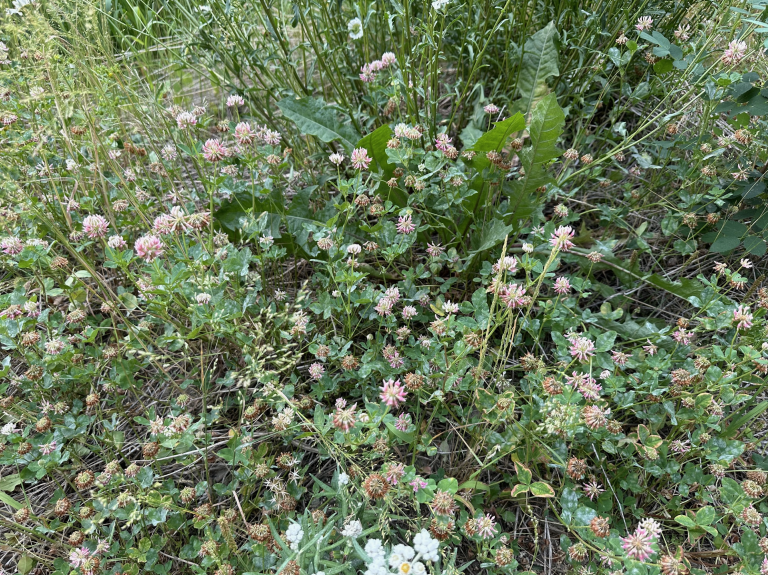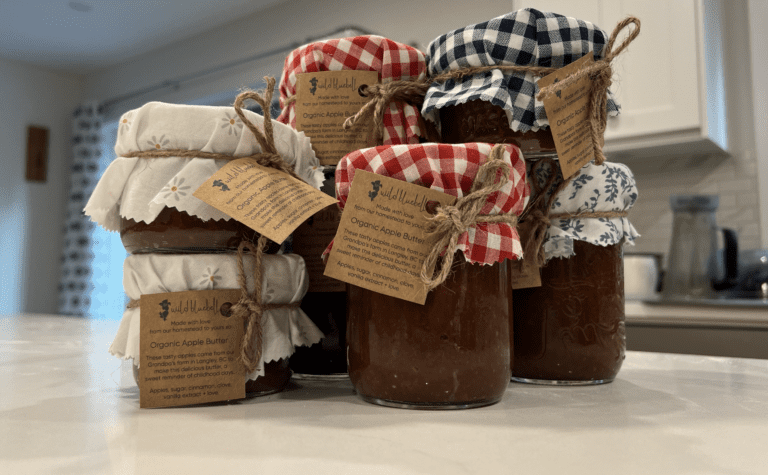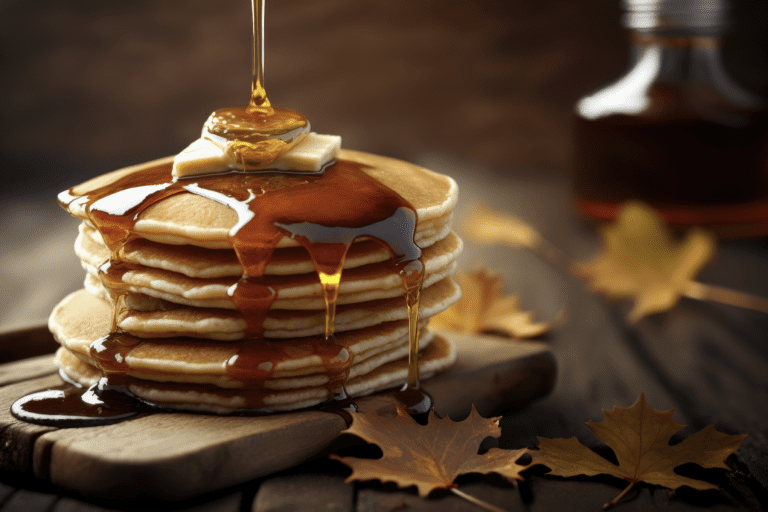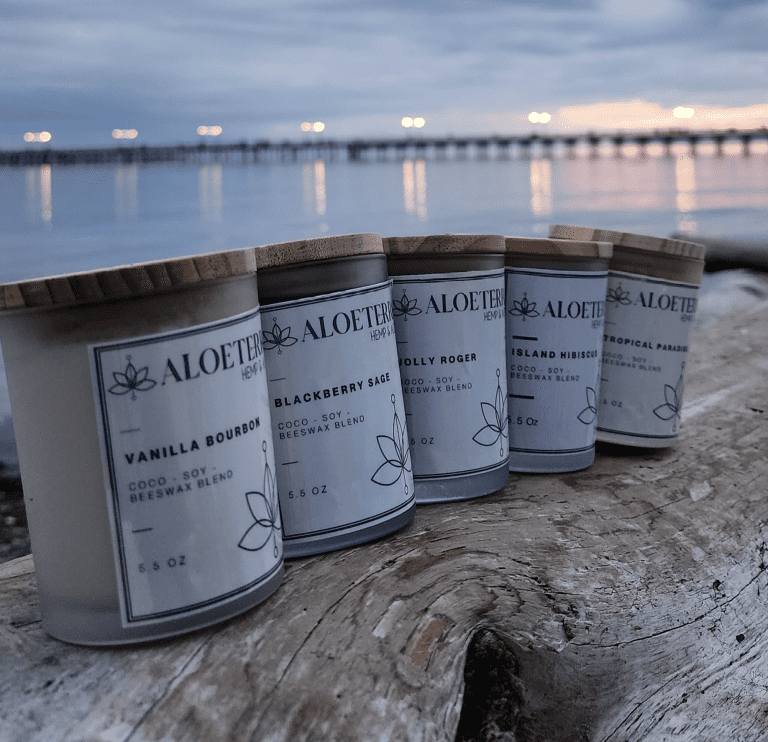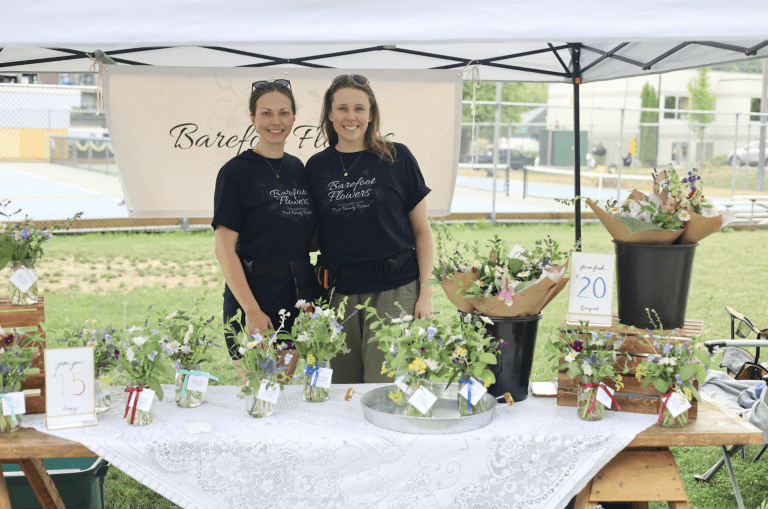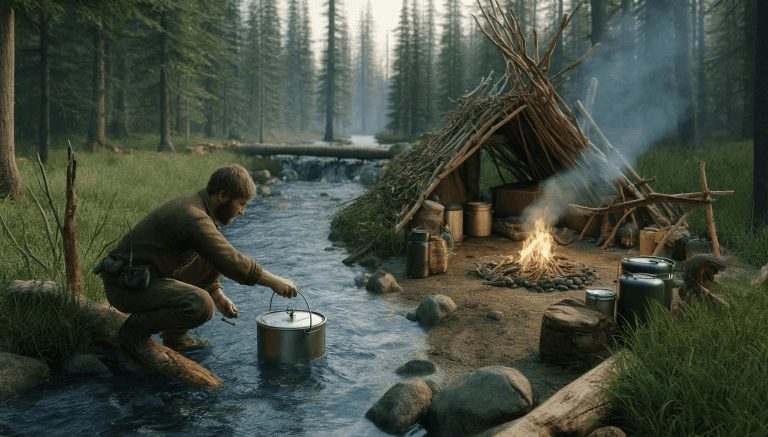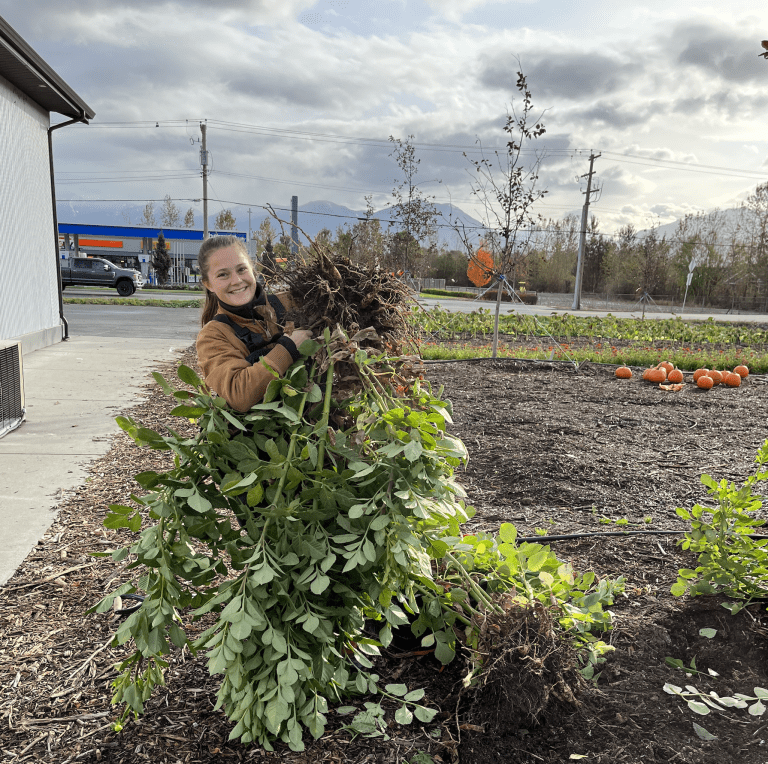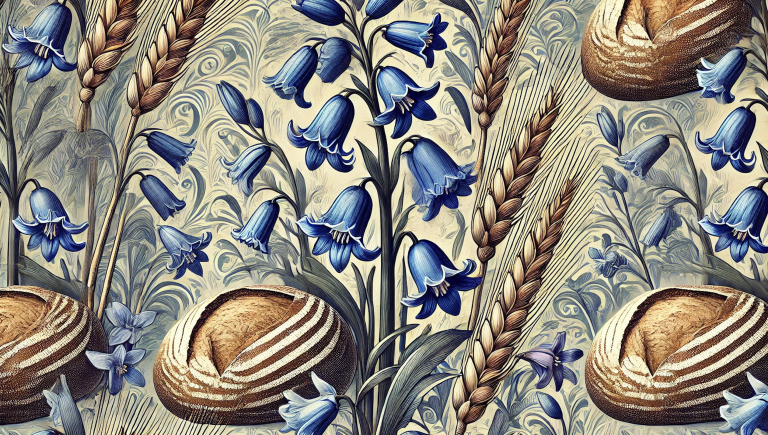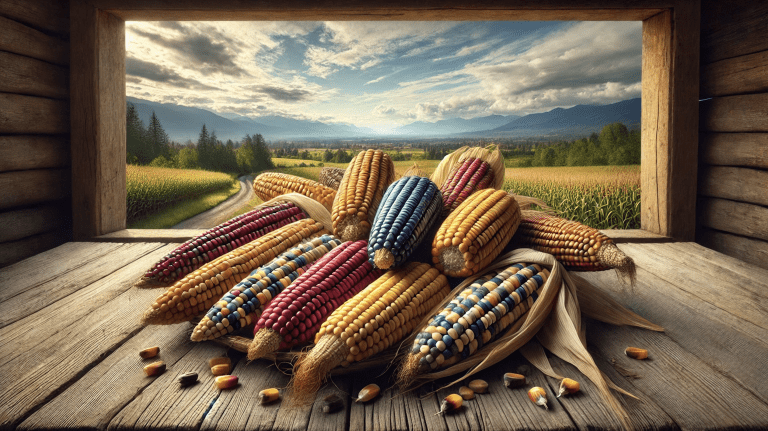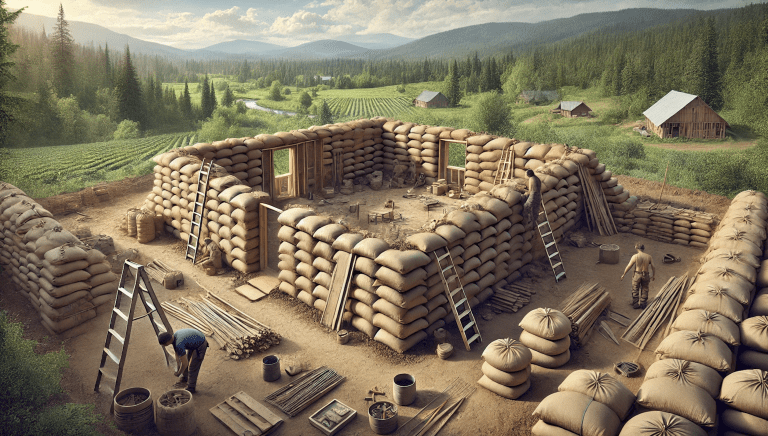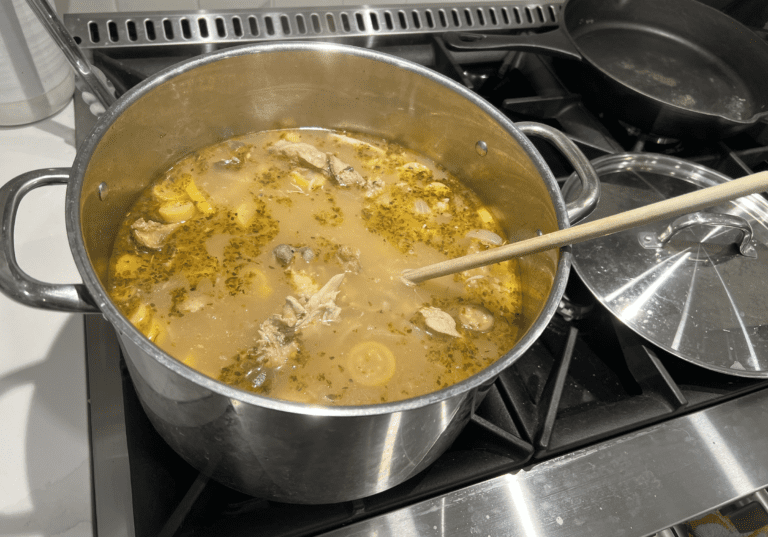Homesteading may evoke images of rustic farms, rural off-grid living, chickens clucking in the yard, and rows of homegrown vegetables. But dig a little deeper, and you’ll discover that this lifestyle is filled with surprising, random, and downright quirky facts. From unusual historical practices to offbeat tools and curious concepts, the world of homesteading is far more diverse than you might think. Whether you’re a veteran homesteader or just exploring the idea of sustainable living, these 25 weird and wonderful facts will open your eyes to the richness of homesteading culture.
Let’s dive into the peculiar, the random, and the downright strange aspects of life on a homestead.
The First Homestead Act Was Signed During the Civil War
It might sound odd, but one of the most significant moments in North American homesteading history came during a time of national conflict. President Abraham Lincoln signed the Homestead Act into law in 1862, offering 160 acres of free land to settlers in exchange for five years of farming and improving the land. While the U.S. was at war, thousands of settlers were heading west to claim their piece of the American dream.
Homes Used to Be Made from Sod
If you thought log cabins were the quintessential homestead dwelling, think again. Early homesteaders, particularly those settling the Great Plains of the United States and Canada, often built their homes out of sod—a mixture of soil and grass—because trees were scarce. These “soddies” were sturdy and insulating, but they weren’t free from challenges, including pests and leaks.
The All-Purpose Tool: The Scythe
Long before gas-powered mowers, the scythe was the go-to tool for cutting grass, wheat, and other crops. While it looks like something out of a medieval painting, this simple hand tool is still in use today on many homesteads. Believe it or not, when properly sharpened, a scythe can be as efficient as a modern-day mower, with the bonus of being completely silent and emission-free.
Pioneer Women Were the First Canners
Canning is a classic homesteading practice, but did you know that it has roots in early North American settler life? Pioneer women were among the first to develop the art of preserving fruits and vegetables in glass jars, ensuring their families had food through harsh winters. This method has remained largely unchanged for centuries, and it’s still one of the best ways to preserve your harvest.
Mason Jars Were Invented in 1858
Speaking of canning, the iconic Mason jar was invented in 1858 by John Landis Mason, an American tinsmith. The innovation of the screw-on metal lid revolutionized food preservation, and these jars are still the go-to tool for homesteaders looking to can their produce.
Canada Once Paid People to Settle the West
While the U.S. had its Homestead Act, Canada had its own version of land grants. The Dominion Lands Act of 1872 encouraged settlers to move west, offering 160 acres of land for a small fee as long as settlers lived on and improved the land for three years. The aim was to populate areas like Alberta, Manitoba, and Saskatchewan.
Cold Frames Extend the Growing Season in Harsh Climates
In places like northern Canada and the colder states of the U.S., homesteaders often use cold frames to extend their growing season. These low, transparent-roofed enclosures protect plants from frost, allowing for gardening even in the chill of early spring or late fall. Think of them as mini-greenhouses that are easy to build and highly effective.
Hay Bale Gardening is a Thing
If you don’t have good soil but still want to grow vegetables, hay bale gardening might be for you. This method involves planting directly into a decomposing bale of hay or straw. As the bale breaks down, it provides nutrients to the plants, making it an ideal solution for those with limited space or poor soil conditions.
The Origin of the Term “Barn Raising”
“Barn raising” is an event where the community comes together to help a fellow homesteader build their barn. This tradition, especially popular in Amish and Mennonite communities, wasn’t just about erecting a structure. It was a social event, a way to build solidarity, and an expression of collective support, all in a single day’s work.
Soap Was Once Made with Animal Fat and Wood Ash
Before soap became the fragrant, packaged commodity we know today, homesteaders made it from scratch using animal fat and wood ash. The fat was boiled down and mixed with ashes, creating a rudimentary but effective soap known as lye soap. While most homesteaders today use store-bought lye, the traditional methods are still practiced by some for their historical value.
A Homestead Could Be Claimed with a Shovel
In both the U.S. and Canada, settlers could claim land by simply marking it as their own, often using a shovel to dig a ditch or plant a flag. This process, known as “staking a claim,” was a crucial part of land ownership during the early days of the homestead movement. It symbolized the start of a new life and was often a race against other settlers eyeing the same plot.
Homesteaders Once Used Hand-Cranked Washing Machines
Before electricity reached rural homesteads, washing clothes was a full-body workout. Hand-cranked washing machines, invented in the mid-1800s, allowed families to wash laundry without scrubbing each item by hand. These simple machines used gears and levers to agitate the clothes, making laundry day a bit easier—though still an arduous chore.
The Root Cellar: Nature’s Refrigerator
Long before the age of refrigeration, homesteaders stored their produce in root cellars, underground storage spaces that maintained a cool, consistent temperature year-round. Root vegetables like carrots, potatoes, and turnips could be kept fresh for months. Even today, many off-grid homesteads rely on root cellars as a way to store food without electricity.
Beeswax Was Once as Valuable as Honey
While most people think of bees for their honey, early homesteaders often prized beeswax just as much. Beeswax was used to make candles, seal containers, and even waterproof fabrics. It was so valuable that some early homesteaders focused more on harvesting wax than honey, seeing it as a crucial resource for daily life.
Windmills Powered Early Homesteads
Before solar panels became popular, homesteaders relied on windmills to generate power and pump water. Wind power wasn’t just for grinding grain; it was essential for drawing water from wells, irrigating fields, and even generating electricity in remote areas. Today, wind power is making a comeback in eco-friendly homesteading practices.
Homesteaders Used Dried Corn Husks for Bedding
Corn husks were another example of how homesteaders used every part of their crops. They would dry the husks and stuff them into mattresses, pillows, or chairs, creating a surprisingly comfortable and long-lasting form of bedding. It wasn’t luxurious, but it was practical and sustainable.
The Art of Drying Herbs and Spices
Homesteaders have long been masters of preserving their harvest, and drying herbs is one of the oldest methods. This simple yet effective technique involves hanging bunches of herbs like thyme, oregano, and sage upside down to dry. Once dried, they can be stored for months, providing flavor and medicinal benefits throughout the year.
Potatoes Were Once Used as a Cure for Scurvy
In the early days of homesteading, particularly in harsh northern climates, scurvy was a real threat due to the lack of fresh fruits and vegetables. While citrus fruits were known to prevent scurvy, homesteaders in Canada and northern U.S. states often used potatoes as a source of Vitamin C when other produce was unavailable.
Rainwater Harvesting is Ancient but Effective
Though it’s now a trendy concept in sustainable living, rainwater harvesting has been used by homesteaders for centuries. Simple systems to collect and store rainwater in barrels or cisterns have helped homesteaders provide water for their crops and animals without relying on wells or public water sources. It’s a timeless practice that’s becoming even more valuable in regions facing water shortages.
Cob Houses are Making a Comeback
Cob, a natural building material made from clay, sand, and straw, was used by early homesteaders to build homes and other structures. These “cob houses” are fireproof, energy-efficient, and incredibly durable. With the rise of eco-friendly living, cob construction is seeing a resurgence as modern homesteaders look for sustainable building methods.
Seed Saving: The Oldest Form of Insurance
Long before seed catalogs and online gardening stores, homesteaders saved seeds from their best crops each season. Seed saving was not just a way to ensure next year’s harvest—it was a form of agricultural insurance. If a particular crop failed one year, having a stash of saved seeds meant you could try again the next.
Canada’s Harsh Winters Inspired Icehouse Storage
In the coldest parts of Canada, homesteaders would build icehouses to store ice cut from lakes during winter. These ice blocks would be insulated with straw and sawdust and could last well into the summer months. The icehouse allowed homesteaders to preserve food even in warmer seasons, long before refrigerators existed.
The Fiddle Was the Homesteader’s Instrument of Choice
Life on the homestead wasn’t all work and no play. Music was a central part of community gatherings, and the fiddle was the most common instrument found in homesteader households. Lightweight, portable, and easy to play by the fire, the fiddle provided entertainment and lifted spirits during long winters and tough harvest seasons.
The Peculiar Tradition of Threshing Bees
In the 1800s, homesteaders in the U.S. and Canada would gather together for “threshing bees”—events where entire communities would help a single farm harvest its grain. But the “bee” part wasn’t about insects. The word “bee” comes from the idea of people working together, much like in a quilting bee or barn raising. It was hard work, but also a social event that strengthened community ties.
Maple Syrup Production Dates Back Centuries
The process of tapping maple trees to collect sap for syrup predates European settlers in North America. Indigenous peoples in Canada and the northeastern U.S. perfected this technique long before it became a staple of homesteads. Early homesteaders learned from Indigenous communities, and maple syrup remains a beloved homestead product today, with trees being tapped every spring.
Homesteading is as much about creativity and innovation as it is about hard work and resilience. These quirky, random, and weird facts remind us that homesteaders throughout history have always found clever ways to adapt to their environments, whether it was through sod houses, scythes, or straw bale gardening. While some of these practices may seem outdated or unusual today, they highlight the ingenuity and resourcefulness that defines the homesteading lifestyle. Whether you’re building your homestead from scratch or simply curious about sustainable living, there’s always something new (and sometimes strange) to learn from the world of homesteading.
Embrace the quirks, and you just might find a new way to make your homestead a little more unique!

